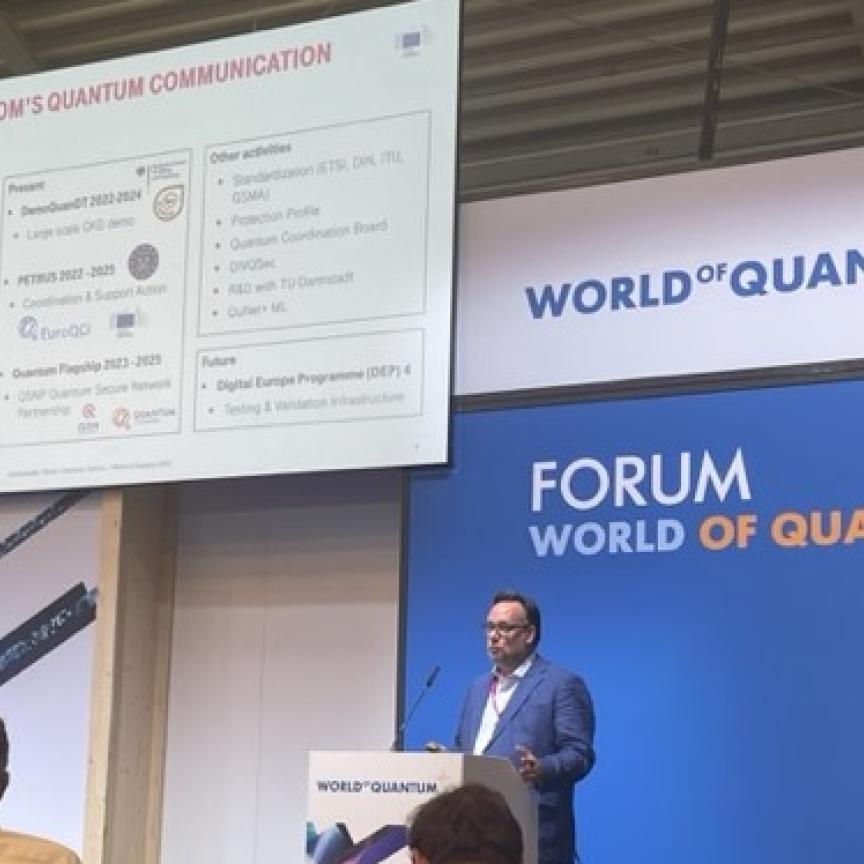Nokia has completed a laboratory trial with Deutsche Telekom to demonstrate how service providers can use XG-FAST to deliver high-speed broadband over their existing copper networks.
The lab trial was conducted at the end of 2015 by Alcatel-Lucent before its acquisition by Nokia.
XG-FAST is a Bell Labs-developed extension of the commercially available G.fast technology (see Alcatel-Lucent demonstrates 10 Gbps transmission using copper). These technologies use the last section of existing copper networks to deliver fibre-like speeds to homes and offices.
XG-FAST is in the early stages of lab testing, but has exceeded expectations in trials with several customers so far, according to Nokia. One of those trials took place last October, when BT and Alcatel-Lucent achieved combined upstream and downstream speeds of 5.6Gb/s under laboratory conditions across 35m of BT’s own copper cables.
The latest trial conducted at Deutsche Telekom's cable laboratory in Darmstadt, Germany, generated aggregated bandwidth exceeding 11Gbps on two bonded pairs of Category 6 cable across 50m distance. Similar tests using drop cables representative of those used in Deutsche Telekom’s network achieved aggregate rates that exceed 8Gb/s over 50m. All trials were performed using prototype equipment from Bell Labs under laboratory conditions.
XG-FAST will also be capable of delivering symmetric gigabit services at distances of 70m, enabling operators to deliver fibre-like speeds inside buildings using existing telephone lines, and eliminating the need to install new cabling. This speeds up installation and provides less disturbance for end users, according to Nokia.
Bruno Jacobfeuerborn, CTO of Deutsche Telekom, said: "Working on this demonstration we can see the future possibilities of XG-FAST in maximising our existing assets. This will provide another technology option, which could enable us to offer high-speed connectivity to our customers quickly and cost-effectively, and at the same time, move our fibre infrastructure closer to our customers."

